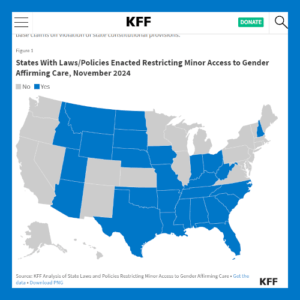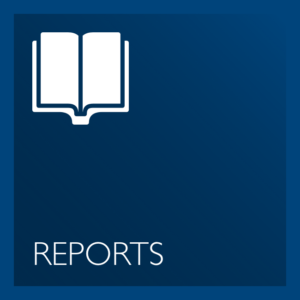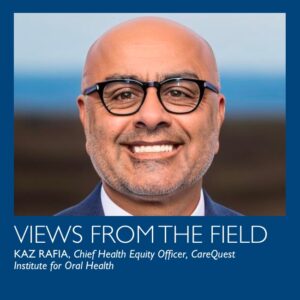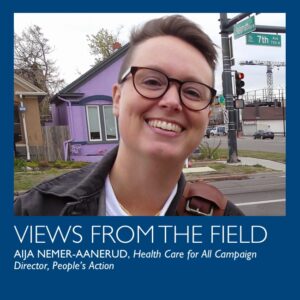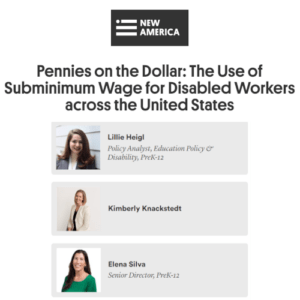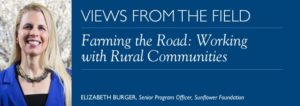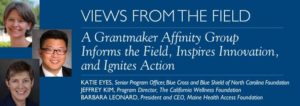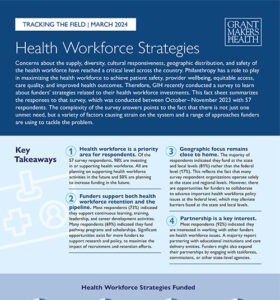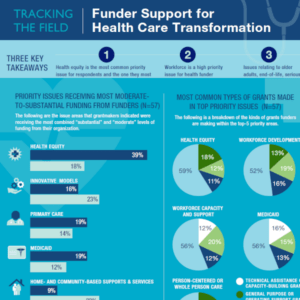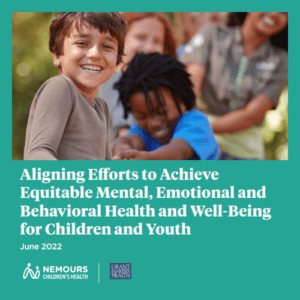Upcoming Events
Past Events
Featured Resources
Data Show That The Majority of Adult Medicaid Enrollees are Working
Amid renewed interest in Medicaid work requirements as part of a broader legislative package designed to significantly reduce federal Medicaid spending, KFF has updated its analysis of the work status and demographic characteristics of Medicaid enrollees with the latest data.
Youth Access to Gender Affirming Care at the Supreme Court: What to Know
Ahead of December 4 arguments in a Supreme Court case (U.S. v. Skrmetti) challenging the constitutionality of Tennessee restrictions for gender affirming care for minors, KFF explores the background of the case and potential rulings.
Explore Access and Quality Topics
Latest Resources
Tennessee Reveals $7.9B Plan To Shift Medicaid Into Controversial Block Grant System
In this roundup of news articles, Kaiser Health News covers the latest in Medicaid waiver proposals: shifting Medicaid to a block grant system via administration regulation rather than legislative change. Advocates warn against the harmful affects to consumers upon such a change.
Farming the Road: Working with Rural Communities
Farming the road is a mindset that closes that thousand-mile gap in the Eisenhower quote and allows funders to fully support rural communities as equal partners in the quest toward better health and brighter futures.
The Role of Arts and Culture in Health
Grantmakers in the Arts believes that arts and culture deserve public and philanthropic support because they have both intrinsic value and social value.
From 100-Day Challenge to Systems Change: An Unlikely Journey for Opioid Stakeholders in Palm Beach County
Palm Beach County, Florida became an epicenter for the nation’s deadly opioid crisis, with the number of opioid-related deaths hitting epidemic proportions in 2016.
A Grantmaker Affinity Group Informs the Field, Inspires Innovation, and Ignites Action
Early and often, health funders are asked to fund oral health. It has become clear, however, that equally, if not more essential, are investments to eliminate the systemic inequities that concentrate disease in specific populations.
Publications and Reports
2024 Survey Summary: Health Workforce Strategies
Concerns about the supply, diversity, cultural responsiveness, geographic distribution, and safety of the health workforce have reached a critical level across the country. Philanthropy has a role to play in maximizing the health workforce to achieve patient safety, provider well-being, equitable access, care quality, and improved health outcomes. Therefore, GIH recently conducted a survey to learn about funders’ strategies related to their health workforce investments.
Funder Support for Health Care Transformation
This infographic summarizes the responses to a Grantmakers In Health funder poll, conducted October 2022, on how philanthropy is supporting health care transformation efforts, especially those concerned with improving quality of life, coordinating complex care, and taking patient preferences into account.


